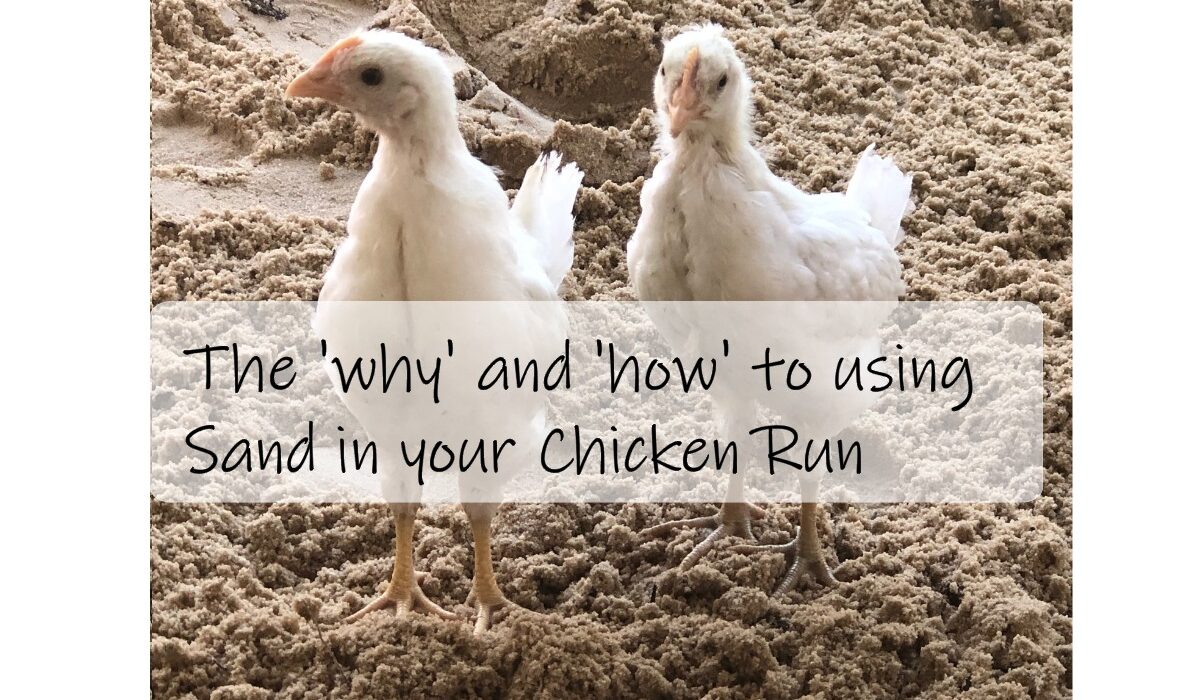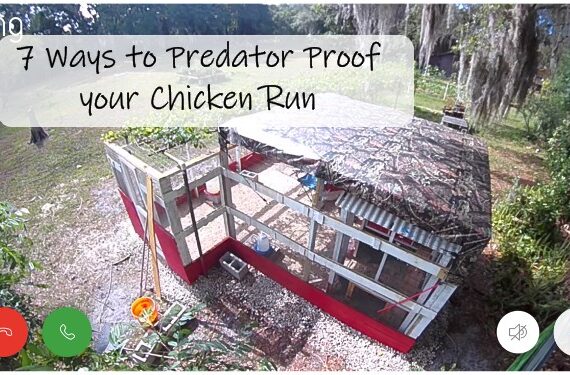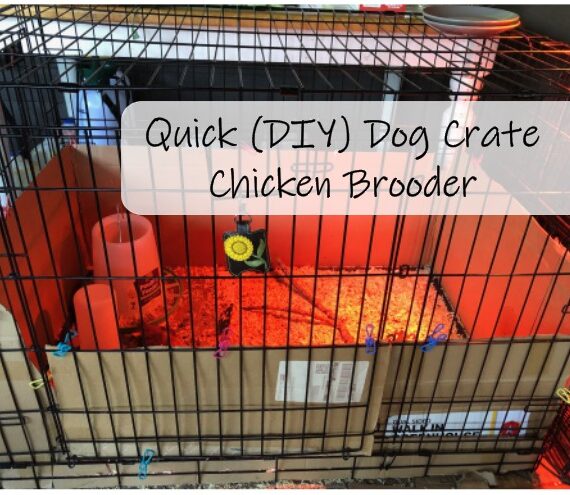I did a fair amount of research before building our chicken coop. I wanted to try to correct mistakes that others made and benefit from this amazing world of sharing that we have. Good news is – I did benefit greatly! One of the BEST decisions that we made based off of research and testimonials is having sand in our chicken run.
This post may contain affiliate links. For more information, visit my Disclosure page
Our current set up is our chicken coop located inside our personalized hubby built chicken run. I currently use shavings inside my coop and the nesting boxes. I see a lot of people using shavings for their run, and having to change it out often. After having those babies in their brooder and having to change it out almost daily- uhh no thank you! I was also worried about the cost with this which prompted me to look for other options. I came across this sand / litter idea which seemed easy and well… fabulous. Turns out it is! Here is how it works:

Benefits
The whole idea here is that sand adds excellent drainage and makes clean up easier. Spilled water? Rain? No problem! There are days where we have rain storms come through.. Just wait another day and this beautiful Florida sun helps that sand dry and boom, they are living the beach life once again without any effort. Daily or every other day when you are saying hi to the ladies and gentlemen, do a quick rake of poop and boom throw it your compost. Boom, Bam, Done. Personally I feel the ease of cleaning helps me stay on top of it and keeps any smells away. Another huge benefit is that they can dust bathe wherever they want! They love it. Worried about how much grit to offer? Don’t – they can and will eat the sand when their bodies need it. Smart little birds, they are!
What type of sand to use
This could be rated the #1 question I see on message boards and Facebook groups. The concern about which type of sand to use. What is safe, what drains well, what is cost effective. The easy answer is – you just need sand that is course and drains well. You don’t want clay type sand because that will clump. You are looking for beach type sand that will sift, but not fine sand that could give your chickens respiratory issues. You don’t need it to be the beautiful white clean sand that you buy for your child’s sandbox. But you also don’t want dirt. I know that doesn’t help make it as clear – here is what we did. We went to our local landscaping company and bought contractor sand. It’s whiteish grey in color, doesn’t mean yours will be – but it’s fairly clean and honestly cheap. The full amount of dirt we needed for ours (about a cubic yard) gave us 1-1.5 foot deep of sand, and the cost ran us about $60. Now think about the cost of bedding if I used that throughout the year? Whew. If you have a sandy yard, feel free to take sand from what you already have.

Cleaning the run
This system works just like cat litter. Chicken poop is a little watery, moist, whatever word you want to use. When it drops into the sand- it clumps and turns more like a dry pebble. These little dry pebbles can easily be cleaned up.
My routine is:
1. Daily or every other day (depending on my to do list, and my mood) I rake the bottom of the run -super easy- and all those pebbles and feathers and whatever else fell on the floor get raked up into a nice little pile.
2. I then take my sifter/scooper (This is the one I bought to save my back from breaking) and sift through it putting all of the poop into a bucket. I do this because I want to save as much sand as possible. If you just keep scooping all of your sand out- you are going to have to replace it.
3. My poop treasure is then discarded right into my compost pile where I turn it into gold for my garden.
Dispose of your droppings – great for your compost
I already had a compost before the chickens, and was super happy to get a consistent material added in that I didn’t have to search the yard for. Composting the chicken coop is necessary before adding it to your garden because it will burn up your plants. I love having an easy place to discard of my droppings that have an additional purpose which ultimately helps feed my family. If you are completely confused about composting- feel free to jump over to my post about compositing basics for beginners.
Additional areas to research/consider:
1. I have read some change out their sand completely once or twice a year. Currently- I don’t think I need to do that but that may change as time goes on. We are only 4 months into this process.
2. Some talk about adding lime, DE, or other dusting options to your sand in order to help control pests. This is another situation I have not encountered needing to do yet but I am definitely researching more about it as a preventative option.
Enjoyed this read? Check out related blog posts:
Predator Proofing Our First Chicken Run
Quick (DIY) Crate Chicken Brooder




Quick (DIY) Crate Chicken Brooder - Propagate Happiness
[…] Enjoyed this read? Check out related blog posts:Predator Proofing Our First Chicken RunThe Why and How to using Sand in your Chicken Run […]